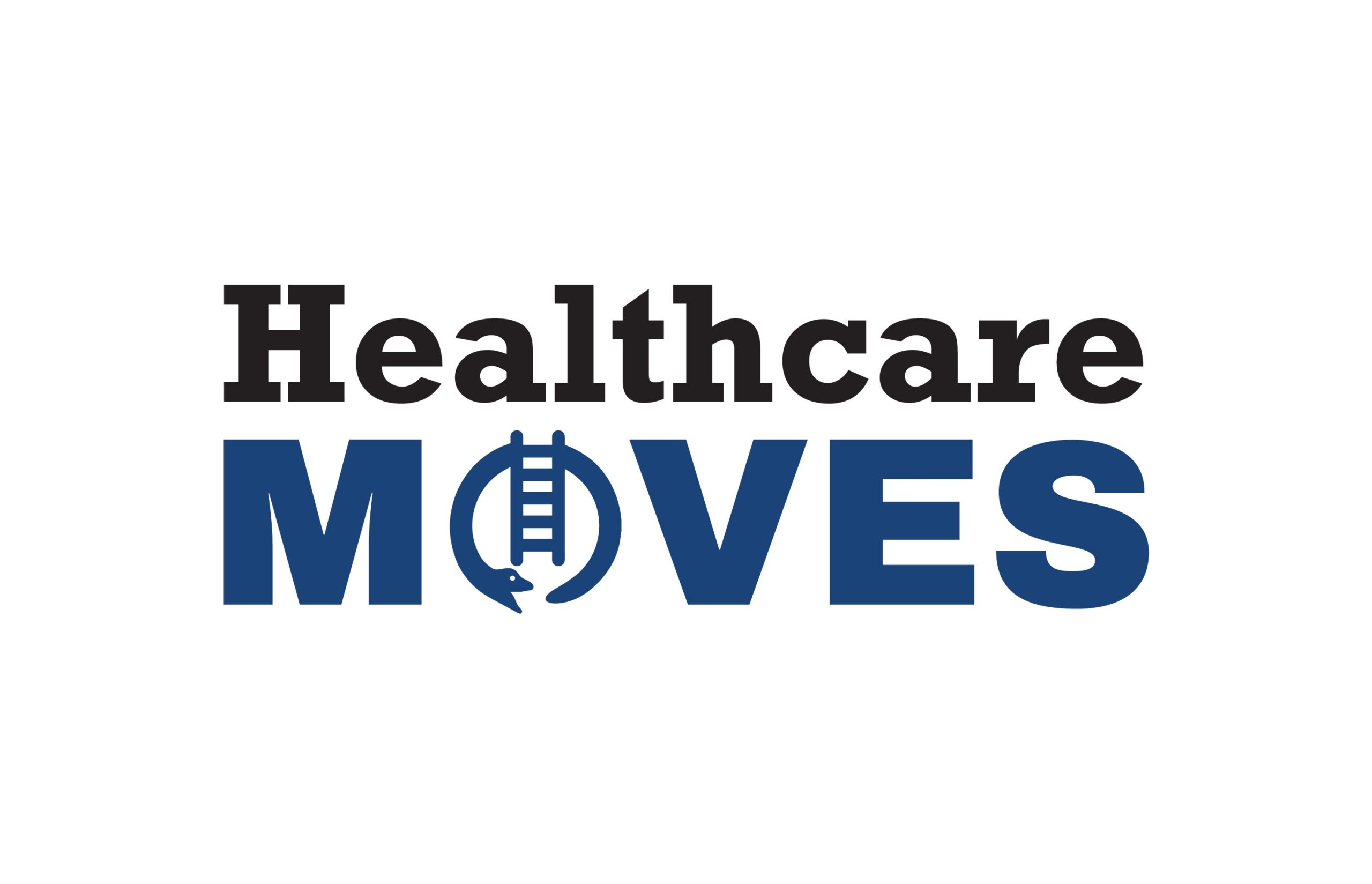
Eli Lilly’s decision to sell weight-loss drugs and other medications directly to patients reflects the growing competition in the healthcare industry as consumers gain more options.
If you’re not addressing core challenges and improving healthcare experiences to meet people’s needs, you risk losing your competitive edge. Traditional healthcare providers often struggle to innovate and compete due to costly administration and revenue cycle management (RCM) processes, which consume significant amounts of profits.

With the Rise of AI, What IP Disputes in Healthcare Are Likely to Emerge?
Munck Wilson Mandala Partner Greg Howison shared his perspective on some of the legal ramifications around AI, IP, connected devices and the data they generate, in response to emailed questions.
If healthcare providers continue to operate with slim profit margins, increasing service rates seems to be the only way to maintain profitability. However, this leads to higher insurance premiums, further escalating the cost of healthcare. Moreover, if you’re a low-profit business, it becomes challenging to offer competitive wages to attract top clinical talent for better patient outcomes.
According to a recent Andreessen Horowitz article, healthcare companies, excluding pharma, generate about $2.6 trillion in revenue, but only convert about 6.5% of it into profit. The article suggests that even a 15% efficiency increase through the use of low-cost AI workers could generate $314 billion in operating profit and $5.6 trillion in additional enterprise value.
Given the increasing competition and rising back-office costs, embracing AI-powered revenue cycle automation to boost profitability and achieve operational excellence is more crucial than ever.
Addressing the escalating dilemma
The situation is becoming more challenging as demand increases while the number of available workers decreases.
Life expectancy and population have significantly risen in recent decades. Currently, people aged 65 and older account for 34% of the demand for physicians, a figure projected to reach 42% by 2034. By 2030, all Baby Boomers will be 65 or older, meaning one in five Americans will be of retirement age. National health spending, which stood at $4.5 trillion in 2022, is expected to nearly reach $6.8 trillion by 2030.
Simultaneously, healthcare providers are grappling with staffing issues. Media coverage often focuses on the shortage of nurses and doctors, but back-office operations in healthcare providers are also facing a personnel crisis.
Tasks associated with payment processes usually involve manual interactions with legacy healthcare systems and insurance companies’ online portals. However, younger generations show little interest in repetitive tasks, which often lead to human error and increased claim denials.
Providers aiming to stay competitive in the next decade must take action.
To progress, understand that in a competitive healthcare market, back-office inefficiencies and staffing shortages that result in longer wait times, less billing transparency, and generally poor patient experiences are unacceptable.
Identify opportunities for automation
Healthcare providers often find it challenging to receive timely payment due to structural and technical complexities.
The current healthcare system typically requires services to be provided before payment, which complicates the payment process. Providers must submit claims to insurance companies, justifying the services that they’ve rendered. However, insurance companies have an incentive to delay payment to invest the funds, adding to the delay.
Technicalities further complicate the payment process. Insurance companies require specific formats, service codes, and standards for claims, often denying those with even minor discrepancies. This requires providers to investigate and appeal, adding to their workload.
On average, 10%-20% of claims are denied, with some providers experiencing a first-time denial rate as high as 50%. Each denial not only means delayed payment but also adds $118 in overhead. Therefore, for low-margin services, providers may incur losses.
To break this cycle, consider AI-powered revenue cycle automation. Begin by reviewing your revenue cycle to identify areas where staff spend considerable time on low-level activities. You can start by identifying areas with high staff turnover. These are often the areas most suitable for automation.
Choosing the right automation partner
The partner you choose for automation should understand your business and be able to solve your unique problems. They should be well-acquainted with the revenue cycle, a nuanced business function, and have a proven track record in healthcare.
While tools are crucial, the people doing the assessment are just as important. Opt for a consumption-based automation model that integrates people, process, and technology.
There are many solutions addressing specific issues in the revenue cycle. However, since everything is interconnected, a holistic approach is essential. Robotic process automation (RPA) alone is not sufficient. Look for an automation provider that is at the forefront of technology and offers a comprehensive system solution. You’ll need automation and AI capable of interacting with various healthcare data formats and systems.
Lastly, verify that your chosen automation provider can handle sensitive healthcare data and offers a solution that is HIPAA and SOC 2 Type II compliant.
Get started now
In the competitive healthcare environment, efficiency is crucial. Begin transforming your RCM team and boosting your profits now. This transformation will require a change in your operations, hiring approach, and business scaling.
The longer the delay, the more you risk losing. However, starting sooner with AI and automation will generate more value for your business. It will also free up time and resources to provide exceptional patient care.
Photo: adventtr, Getty Images
Dan Parsons, as the co-founder and chief product officer at Thoughtful, stands at the forefront of AI innovations in healthcare. His leadership has positioned Thoughtful as a pioneer in healthcare automation, revolutionizing revenue cycle management (RCM) and forging transformative partnerships with leading healthcare organizations.














